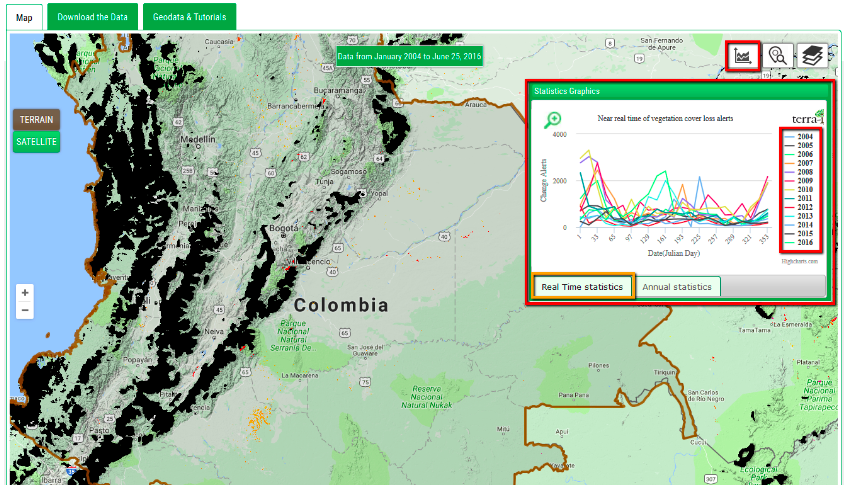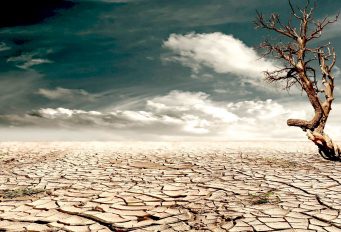![]() 4 minute read
4 minute read
Industrial development, modernization, and lack of state regulations have resulted in the natural ecosystem and species of the planet being endangered. Failure to provide stable environmental conditions will move Earth to an abnormal state for present and future generations. How can new technologies help us to learn more about nature and to protect it?
Breeding secrets
from the e-egg
It is time when technology makes it way to help nature to restore itself after being harmed by humanity. Environmentalists are partnering with computer scientists, biologists, robotic experts, to come up with new ideas how to conserve the nature. New data-driven wave is called digital conservation. The aim of digital conservation is to save and prolong lives of endangered animal species, forests, ponds.
One of the significant examples of digital conservation is an electronic vulture egg. Vultures are one of the most endangered groups of birds. Recent study by Buechley and Sekercioglu reports that “of the 22 vulture species, nine are critically endangered, three are endangered, four are near threatened, and six are least concern”. The challenge to artificially breed vultures is that vultures don’t just nest on eggs. Incubation process is more complicated than it might seem at first. It is an accurate balance of temperature, humidity, and movement of the egg. “We don’t know exactly what those temperatures are, the amount of turning that goes on, the humidity, everything else that goes on underneath the parent,” says Adam Bloch, a conservationist at the Britain’s International Centre for Birds of Prey (ICBP). Scientists might have found the way how to breed those magnificent birds. ICBP partnered with Microduino to create a 3D-printed vulture egg filled with a[nbsp]sensor. The digital egg is an exact copy of the real vulture egg. It is put in the vulture nest and informs scientists on all details of incubation process.
Artificial Intelligence
against Deforestation
Deforestation of Amazon is proven to be a massive problem. According to WWF, 12 to 15 million hectares of forest are lost each year. Deforestation accounts for about 15% of greenhouse gas emissions. There are numbers of research devoted to taking the problem under control.
To begin with, conservationists implement Artificial Intelligence to monitor forest loss and predict the consequences in the real time. Terra-i is an artificial intelligence software that using real-time rainfall data is capable of predicting the level of greenery habitat should have. The difference between prediction and observation alarms of human activity on land. Terra-i learns during the process. Also, using the software, scientists evaluated the potential impacts of road improvement and construction projects in Latin America until 2022. Terra-i calculates the risks of deforestation and forecasts potential outcomes. Terra-i data is available for public, and here is an example:

In addition, Global Forest Watch created and granted an open-access for a cloud-based platform where different groups can share their knowledge and research on deforestation alerts. It is a common cloud-based mapping system with data sets, insights, and visuals gathered by drones. The technology does not fall behind providing new ways to control human activity and slow down the Climate Change.
Mirage utopia
There are many ways how to conserve the nature. From technological advances to preserve the breeding to a[nbsp]creation of new kind of tropical escapes in the middle of urban centers. The initiative to build mirage in the rock jungles comes from Amazon. By 2018, Amazonians in Seattle will have an opportunity to walk in the Biospheres filled with 300 plant species from around the world.
.jpg)
Source: Amazon/NBBJ
Three 100-foot-tall orbs are intended to create the Amazonian workplace of the future. Employees will enjoy the break or even business meetings in those green bubbles. It is planned to have meetings spaces which look like bird nests perched in mature trees. The new spaces will boost the productivity by bringing workers closer to nature. Besides, it will be a perfect place to preserve plants from all around the globe. Could Amazon build a new trend of the future workspaces? Hopefully, it will boost the nature preservation in the urban spaces.




